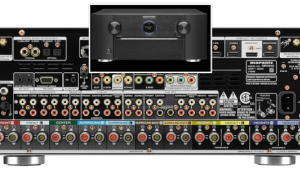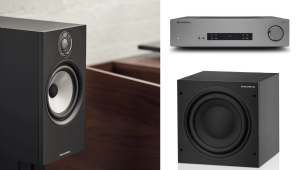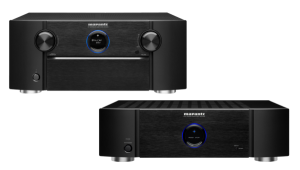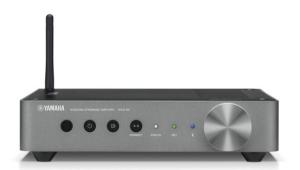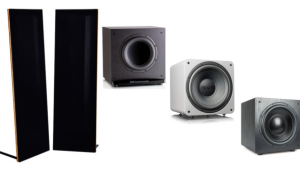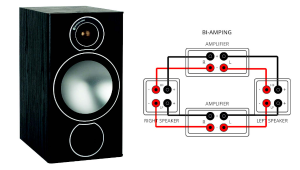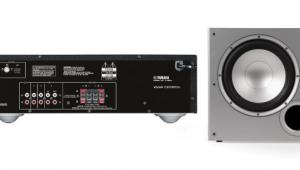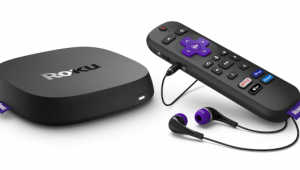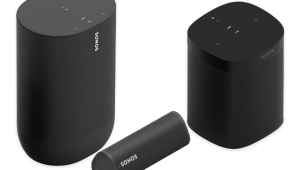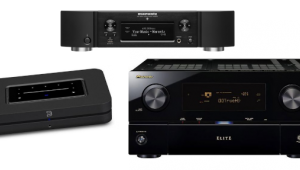Which Projection Screen is Best for Watching 3D?
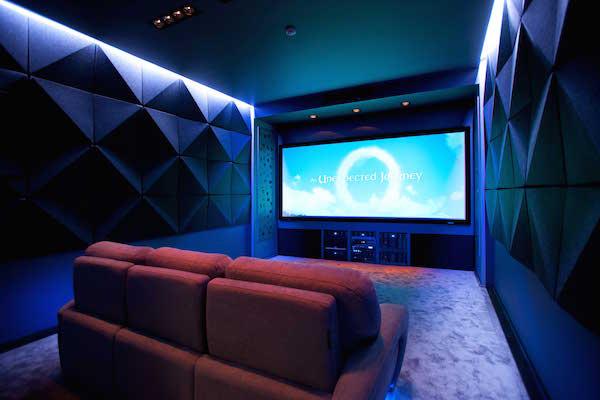
Q I recently bought an Epson Home Cinema 3700 LCD projector after reading a review of it in Sound & Vision. The projector remains boxed up as I decide on a screen to install in my light-controlled basement. While I plan to watch regular 2D content with the projector, my main interest is viewing my Blu-ray 3D movie collection, which I continue to add to as new titles become available.
I understand from reading your magazine that active 3D glasses considerably reduce image brightness. Another Sound & Vision review of Da-Lite’s 2.8 gain High Power screen , led me to believe it would be a perfect screen option, but Da-Lite has discontinued that model. As an alternative, Da-Lite recommends its HD Progressive Screen, which has a gain of 1.3. Will the HD Progressive provide a bright enough image for 3D viewing? I feel that I should look for a higher gain screen, but don’t want to spend more than $2,000. —Mitchell Ulrich
A It’s true that viewing with active 3D glasses reduces image brightness. In our 2012 review of the Da-Lite High Power screen, for instance, there was a 88 percent reduction in measured light output when shifting from 2D to 3D display mode. And while that drop is significant, it does correspond with what you see in many movie theaters where passive, rather than active, 3D projection technology is used.
The main benefit to using a high gain screen like the now-discontinued Da-Lite High Power is increased brightness. To achieve that boost, a high gain screen reflects light back at the viewer in a narrow pattern. For that reason, someone seated at center-screen experiences maximum brightness, while the image appears substantially dimmer to viewers at off-center seats. High gain screens are also known for issues with hotspotting (random bright patches) and off-axis color shifting, both of which can be a distraction when viewing 2D or 3D content.
Da-Lite’s High Power model was a popular choice during the early Blu-ray 3D wave due to its performance and reasonable price. Now that interest in viewing 3D at home has waned (most new TV models no longer support 3D display, though it continues to be a feature of projectors), there are, as you’ve likely discovered, fewer high gain screen options.
Should you use a screen with a more standard 1.3 gain instead? Two things about your situation tip the scale in that direction. First, the Epson Home Cinema 3700 delivered notably high light output — 38 ftL in calibrated Cinema mode, and 125 ftL in Dynamic mode — when we measured it. Second, you plan to install your system in a light-controlled basement where both screen brightness and contrast can be optimized. As long as you limit the screen to reasonable size like 100 inches diagonal, you may find 3D image brightness to be acceptable.
When I ran your question by David Rodgers of Elite Screens for input, he had this to say about screen materials for 3D viewing: “Use a projection screen with ambient light rejecting (ALR) material, which compensates for 3D light loss by enhancing image brightness and contrast levels. For best results, seek out a material that’s ISF certified since it will provide superior color contrast and black/white dynamic range while maintaining a neutral color balance.” Relevant Elite Screens models include the CineGrey 3D (1.2 gain) and CineGrey 5D (1.5 gain). Some good news: whether you choose an Elite Screen model or the Da-Lite HD Progressive 1.3, in either case you’ll spend substantially less than $2,000.
